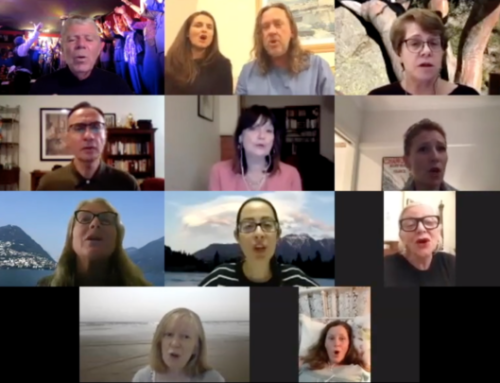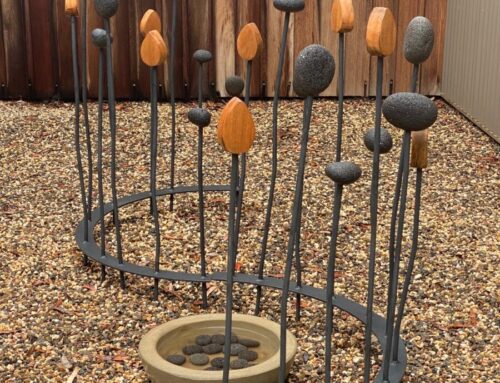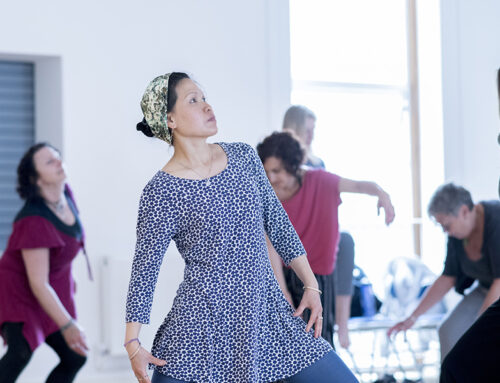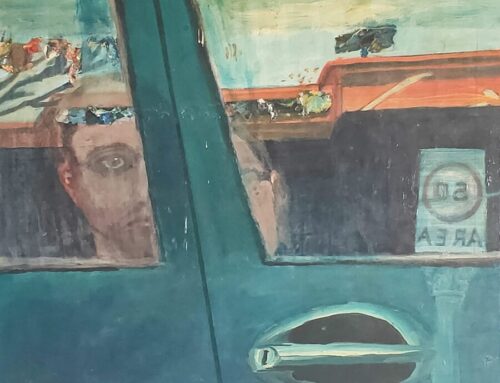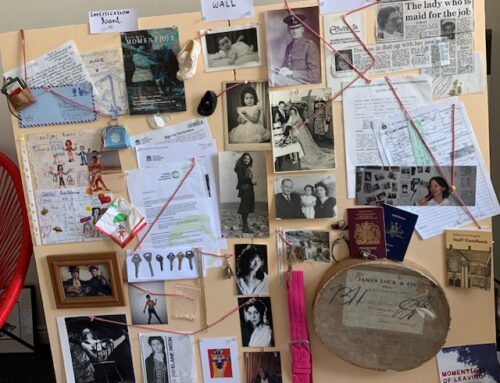After completing her practice-based PhD in 2009 in Media, Communication and Culture, Zeynep Dagli has continued to make experimental short films (exhibited and projected internationally and in the UK) and has been involved in works that have entailed collaborating with disabled artists, performers, scriptwriters, musicians and sound designers; creating work for a wide range of audiences whilst continuing to research and publish in an academic peer review journal. She refrains from calling herself an artist.
It is not always easy to talk about the reasons behind an activity unless there is an unobtrusive research attached to it. Because when a making activity comes to life it is usually out of necessity to be able to deal with internal/external struggles. Therefore, its form often turns into an art (collective or solitary) that allows distance as well as invites reflection. As we discovered, one scream says more than a thousand words.
‘Negotiation between Madness and Sanity’ is a collaborative project that involves us screaming without restraint. It proposes to engage directly with our right to scream as an attempt for a negotiation between what we call madness and sanity.

Having already captured dozens of screams, I was struck by the range and intensity of emotions expressed by participants and elicited in the audience – rage, fear, sadness, but also seemingly joy. What does a scream signify? Is it a taboo, often repressed? Does one scream trigger another, like laughter? Is it possible to capture a collective cathartic experience both for the screamer and the viewer?
Regardless of age, gender, culture, and race, a scream is universal and cannot be easily ignored. This subject matter triggers in all of us a direct response to negotiations of internal/external struggles.
One scream says more than a 1,000 words.
The installation encourages the public to explore ‘screaming’ as a societal and personal function while it aims to provoke a conversation and collaboration with the creative and positive aspects of this meditative and therapeutic urgency.
After I completed my PhD (https://www.semanticscholar.org/paper/The-eyes-of-death%3A-the-visual-movement-from-witness-Dagli/814cafa3e68160db0c97a6050482ce0e6b09808d), which was looking at the distinction between being a witness and a spectator in the face of death, dying, coma and suffering, I wanted pursue a collaborative, participatory work that would explore a collective human expression that represents our response to trauma. Scream/ing, just like laughter, triggered something valuable for the research participants; given the chance and the necessary space almost every participant experienced a relief – even though the individual screaming event was pre-mediated in front of my camera. We believe the work has got a life of its own and words at times are not necessary when we encounter something as raw as a scream.
It’s hard to claim that the work offers recovery. And yet, the response has been extremely interesting and suggests a cathartic outcome not only for the participants but for me, too. It is impossible not be influenced by what is taking place now or in the past. I feel frustrated and insecure and I suggest that belief is shared.
Personally, how I interpret The Making Effect is art is a form of self-defence mechanism. It works against anxiety, stress, frustration, and hopelessness. I believe, along the lines of Louise Bourgeois, art is indeed a guarantee for sanity. Usually the reasons behind my taking refuge in art is the very need/necessity to be able to deal with stress/distress or trauma.
So far, I have found the material creates a most visceral experience. It bypasses the intellect and transcends language or other barriers; instead it triggers a direct empathic response to negotiations and meditations of internal/external struggles, which concern and connect us all as human beings. Regardless of age, gender, culture and race, a scream is universal and cannot be easily ignored.
A scream is just like laughter triggering laughter in another. The viewers of the artwork become witnesses and have felt an urge to participate with their own screams. There have been so many participants, who expressed gratitude. Some non-participants felt a ‘calming and soothing effect’ watching the many screams on screen.
Especially with this project, ‘Negotiation between Madness & Sanity’, the collaborative and participatory nature of work became part of the healing process. Having created the necessary space for something as transgressive as a scream and witnessing the participants’ catharsis helped me to understand the positive and creative aspects of this work.

Zeynep Dagli
I constantly seek out art made by other artists, film-makers, writers and musicians. To name a few (recently inspired by) Danny Treacy’s Them, Josephine Decker’s visceral storytelling, Paul B. Preciado’s queer theory, gender and sexual politics and his personal story of transition, and forever inspired by Diamanda Galas.
More of Zeynep’s work can be found at https://filmpro.net/portfolio/zeynep/#contact

